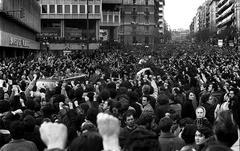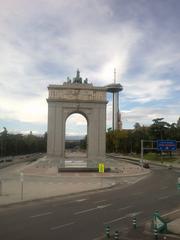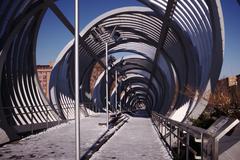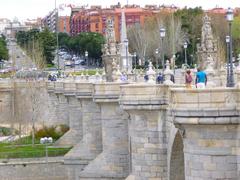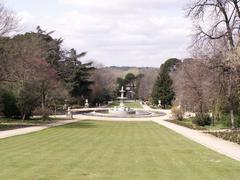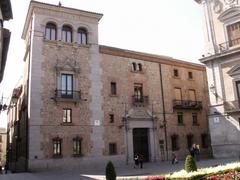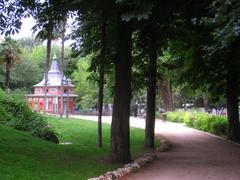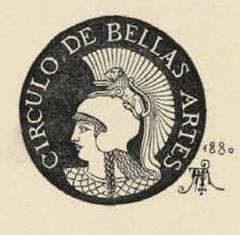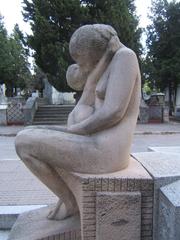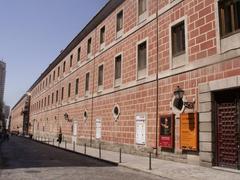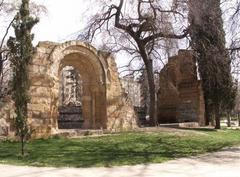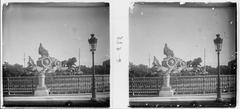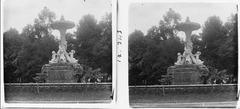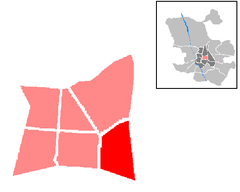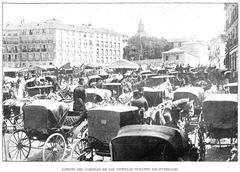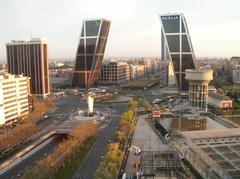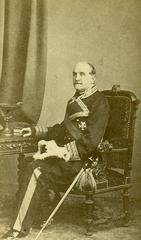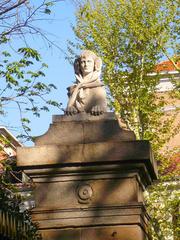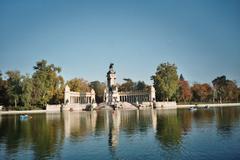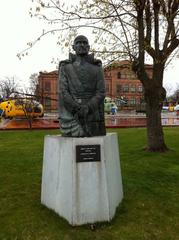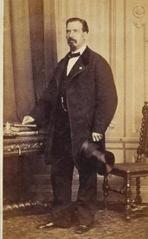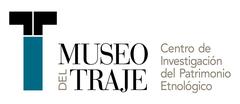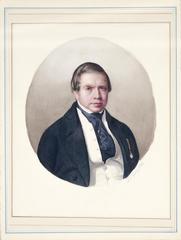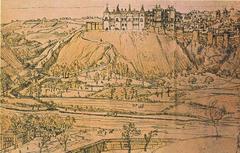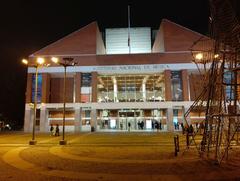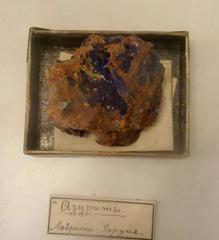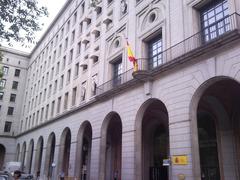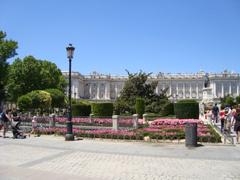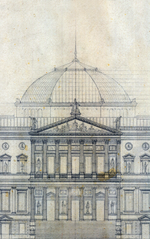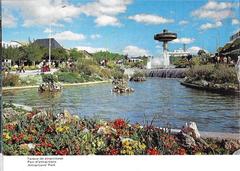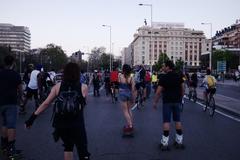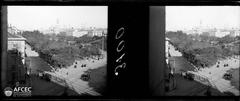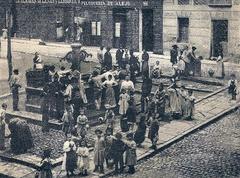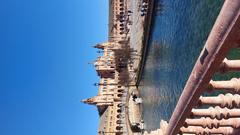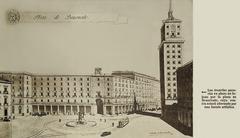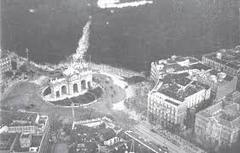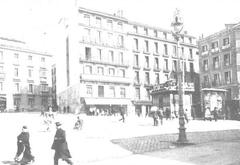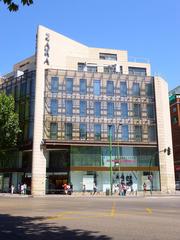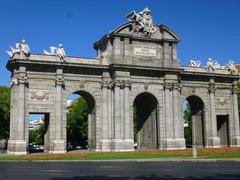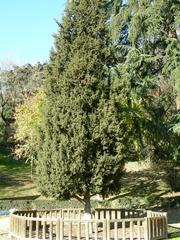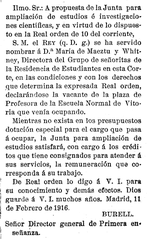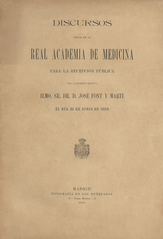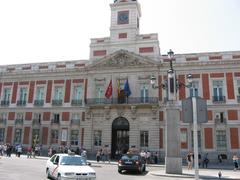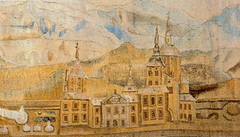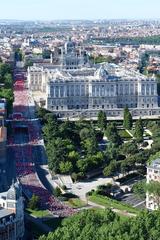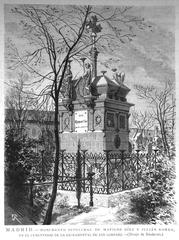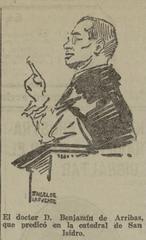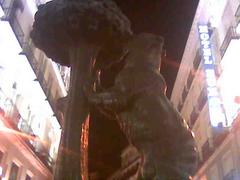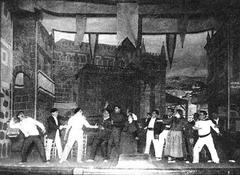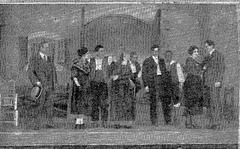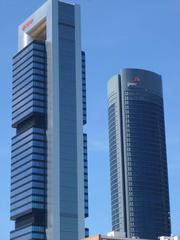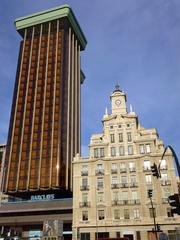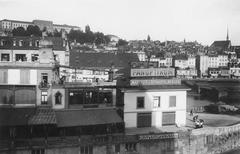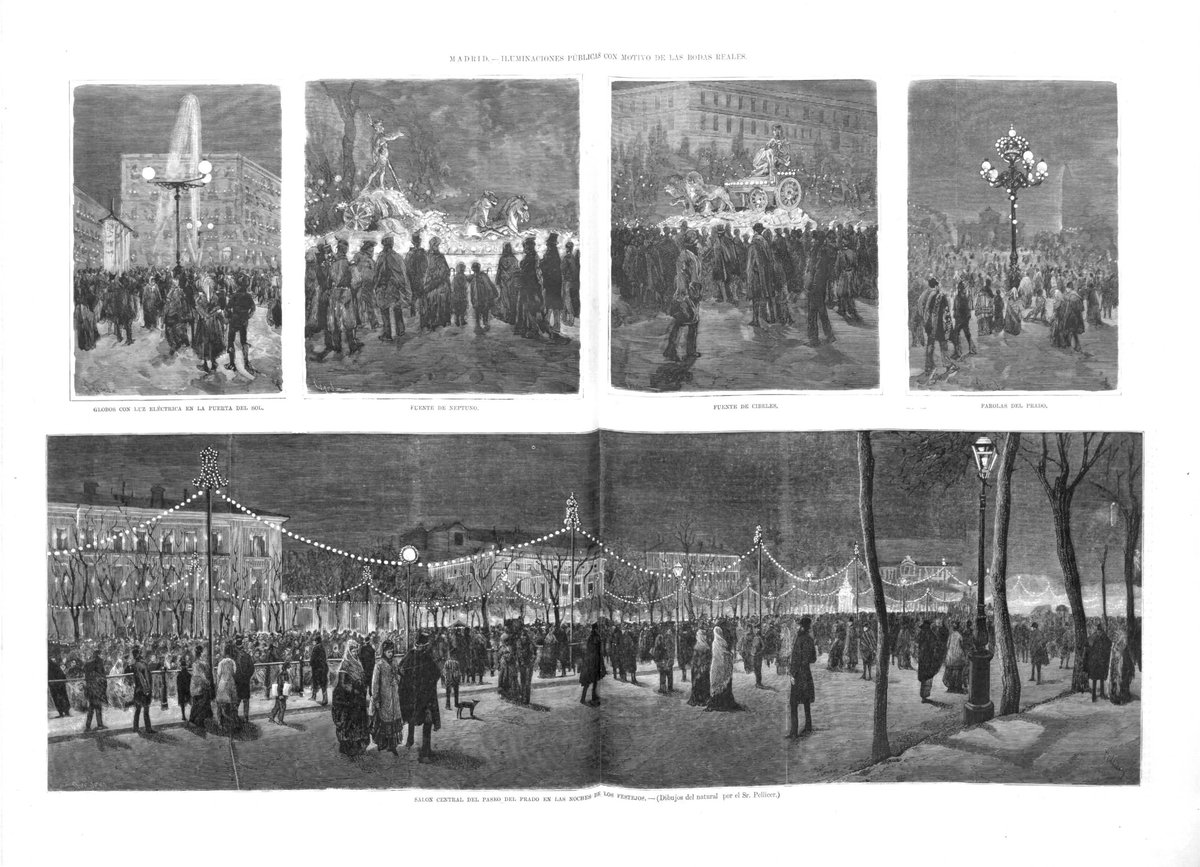
Comprehensive Guide to Visiting Fountain of Neptune, Madrid, Spain
Date: 16/08/2024
Introduction
Planning a trip to Madrid? One of the city’s most remarkable landmarks is the Fountain of Neptune, a neoclassical masterpiece that offers a blend of historical depth, artistic excellence, and cultural significance. Designed by the esteemed architect Ventura Rodríguez and sculptor Juan Pascual de Mena, the fountain was commissioned by King Charles III in the late 18th century as part of the grand Salon del Prado project. This initiative aimed to create a distinguished social and cultural avenue along the Paseo del Prado, which remains one of Madrid’s most visited areas today. As you explore the heart of Madrid, the Fountain of Neptune stands as a testament to the city’s rich heritage and artistic legacy, depicted through its intricate marble sculptures and dynamic compositions. Whether you are a history buff, art aficionado, or a casual tourist, this guide will provide you with essential information, including visiting hours, travel tips, and nearby attractions, ensuring you make the most of your visit to this iconic site (Wikipedia, Spain Exchange).
Table of Contents
- [Origins and Construction](#origins-and-constructionorigins-and-construction)
- [Artistic and Architectural Features](#artistic-and-architectural-featuresartistic-and-architectural-features)
- [Cultural and Historical Significance](#cultural-and-historical-significancecultural-and-historical-significance)
- [Relocation and Restoration](#relocation-and-restorationrelocation-and-restoration)
- [Visitor Information: Tickets and Opening Hours](#visitor-information-tickets-and-opening-hoursvisitor-information-tickets-and-opening-hours)
- [Travel Tips](#travel-tipstravel-tips)
- [Nearby Attractions](#nearby-attractionsnearby-attractions)
- [Architectural Legacy](#architectural-legacyarchitectural-legacy)
- [Modern-Day Relevance](#modern-day-relevancemodern-day-relevance)
- [Visitor Experience](#visitor-experiencevisitor-experience)
- [FAQ Section](#faq-sectionfaq-section)
- [Call to Action](#call-to-actioncall-to-action)
Origins and Construction
The Fountain of Neptune (Spanish: Fuente de Neptuno) is a neoclassical fountain located in the heart of Madrid, Spain. It was designed by the renowned architect Ventura Rodríguez and commissioned by King Charles III as part of the Salon del Prado project. This ambitious urban development plan aimed to create a grand avenue with gardens along the Paseo del Prado, providing a dignified space for Madrid’s elite to gather and socialize.
The sculptural work for the fountain began in 1781 and was initially overseen by the sculptor Juan Pascual de Mena. Unfortunately, Mena passed away in April 1784 before the fountain’s completion. His apprentices, including José Arias, continued the work, and the fountain was finally completed in October 1786. The sculpture is made of white marble from Montesclaros, a material chosen for its durability and aesthetic appeal.
Artistic and Architectural Features
The Fountain of Neptune is a masterpiece of neoclassical art, characterized by its symmetry, simplicity, and grandeur. The central figure of the fountain is Neptune, the Roman god of the sea, depicted holding a trident in one hand and a sea snake in the other. He is seated in a conch-shell chariot pulled by two sea horses, symbolizing his dominion over the oceans. Surrounding Neptune are various marine creatures, including dolphins and seals, adding to the fountain’s dynamic and lively composition.
The fountain is set within a circular pylon, which has a maximum water capacity of 305 cubic meters. This design not only enhances the visual impact of the fountain but also serves a functional purpose, ensuring a continuous flow of water that adds to the overall ambiance of the Plaza de Cánovas del Castillo, where the fountain is located.
Cultural and Historical Significance
The Fountain of Neptune holds significant cultural and historical value for the city of Madrid. It is one of the three major fountains in the Paseo del Prado area, the other two being the Fountain of Cibeles and the Fountain of Apollo. Together, these fountains were intended to represent the elements of earth, sea, and fire, respectively. This thematic representation underscores the Enlightenment ideals of harmony and balance that were prevalent during the time of their construction.
The fountain also has a special place in the hearts of sports fans, particularly those of Atlético Madrid. It is the traditional site where Atlético Madrid’s fans celebrate their team’s victories, making it a symbol of local pride and communal joy. This tradition adds a layer of contemporary cultural significance to the historical monument.
Relocation and Restoration
Originally, the Fountain of Neptune was situated between the Prado de San Jeronimo and el Paseo de Trajineros, facing the Fountain of Cibeles. However, in 1898, city leaders decided to move it to its current location in the Plaza de Cánovas del Castillo. This relocation was part of a broader urban planning initiative aimed at enhancing the aesthetic and functional aspects of Madrid’s public spaces.
Both the Fountain of Neptune and the Fountain of Cibeles underwent significant restoration processes at the end of the 19th century. These efforts were crucial in preserving the fountains’ structural integrity and artistic value, ensuring that they continue to be admired by future generations.
Visitor Information: Tickets and Opening Hours
The Fountain of Neptune is accessible to the public at all times, and there is no entrance fee to visit the fountain. However, for a more enriched experience, consider visiting during the evening when the fountain is beautifully illuminated, creating a serene and picturesque setting. The best times to visit are during the fall (September to November) and spring (March to May) when the weather is pleasant and the city is vibrant with activity.
Travel Tips
The fountain’s location in the Plaza de Cánovas del Castillo makes it easily accessible to visitors. It is approximately a 12-15 minute drive from the city center and can be reached via various modes of transportation, including the Madrid Metro, buses, and even on foot. It is advisable to wear comfortable footwear for easy walking and to carry a light jacket, as evenings can get cooler.
Nearby Attractions
In addition to the fountain itself, the surrounding area offers numerous attractions, including the Prado Museum, where visitors can marvel at famous artworks, and the sprawling El Retiro Park, which can be explored on a Segway or Tuk-Tuk Rickshaw. These additional attractions make a visit to the Fountain of Neptune a comprehensive cultural experience.
Architectural Legacy
The Fountain of Neptune is not just a standalone piece of art; it is part of a broader architectural legacy left by Ventura Rodríguez and Juan Pascual de Mena. Rodríguez, who oversaw the fountain project, also designed other famous structures in Madrid, including the Church of San Marcos and the Baroque Chapel of the Virgin in Nuestra Señora del Pilar. Mena, the sculptor, contributed to numerous other significant works, such as figures for the Royal Palace and the statue of Cristo de la Buena Muerte in the Church of San Jeronimo.
Modern-Day Relevance
Today, the Fountain of Neptune continues to be a major tourist attraction and a beloved landmark in Madrid. It is surrounded by several important buildings, including the Villahermosa Palace, the Prado Museum, and the Congreso de los Diputados. These institutions add to the cultural and historical richness of the area, making a visit to the fountain a multifaceted experience.
Visitor Experience
Visitors to the Fountain of Neptune can enjoy a serene and picturesque setting, perfect for photography and leisurely strolls. The evenings are particularly spectacular, offering a peaceful ambiance that contrasts with the bustling daytime atmosphere.
FAQ Section
What are the visiting hours for the Fountain of Neptune?
The Fountain of Neptune is accessible to the public 24/7.
Is there an entrance fee for the Fountain of Neptune?
No, there is no entrance fee to visit the Fountain of Neptune.
How can I get to the Fountain of Neptune?
The fountain is approximately a 12-15 minute drive from the city center and can be reached via various modes of transportation, including the Madrid Metro, buses, and on foot.
Call to Action
In summary, the Fountain of Neptune is not just a beautiful piece of neoclassical art; it is a symbol of Madrid’s rich history, cultural heritage, and communal spirit. Its artistic features, historical significance, and modern-day relevance make it a must-visit landmark for anyone exploring the vibrant city of Madrid. Don’t forget to check out our other related posts and follow us on social media for more updates!

